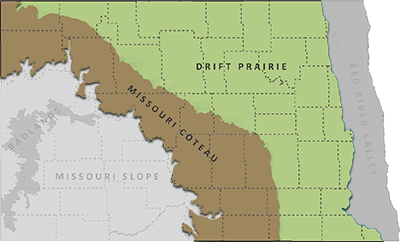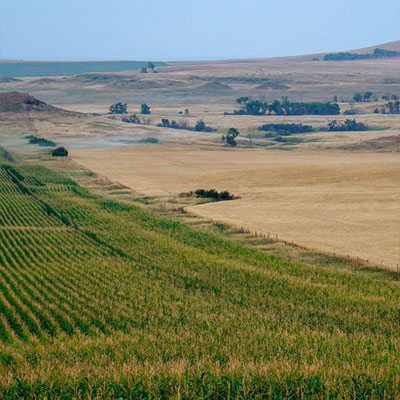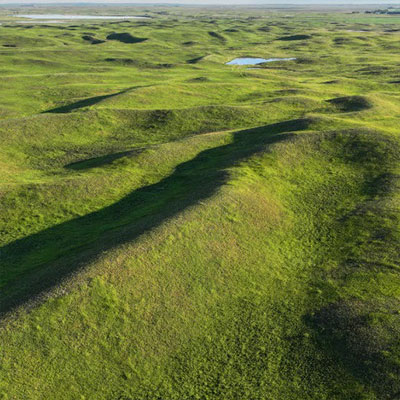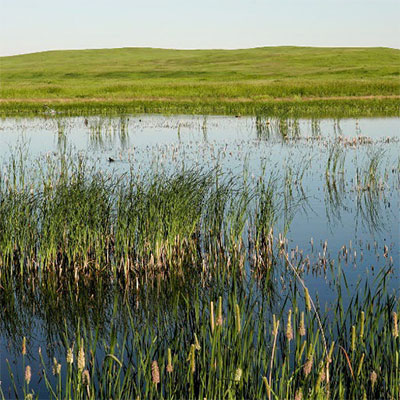Northern Pintail

NDGF
L 21”, WS 34”, 1.8 lb. Long and slender throughout. Sports a distinctive pointed black tail, white breast, and brown head (male).
Status in North Dakota
Occurs in North Dakota from early March to mid-December. Peak breeding season early April to late May.
Reason for SWAP Designation
At-risk, ND range important (SGCN b. and c.).
ND ranks 2nd out of 15 states for highest percent of the global population (2.55%) during the breeding season (eBird).
The peak week for Northern Pintail migration in ND (~29-Mar) hosts nearly 10% (9.59) of the global population.
Holarctic, large distribution.
ND has high stewardship responsibility for this species.
Threats
Loss of grassland/wetland complexes.
Loss and degradation of wetlands, drainage and wetland consolidation.
Hydrologic shifts in wetlands of the PPR due to wetland consolidation and drainage, climate and land use changes (i.e. lakeification).
Increasing applications of agrochemicals and adverse impacts to water quality, the wetland vegetative community, and the aquatic invertebrate community.
More frequent or intense harmful algal blooms.
Aquatic nuisance species spreading and damaging wetland ecosystems.
Stocking or movement of fish into wetlands alters the aquatic invertebrate and plant community.
Nests initiated in cropland or previous year stubble fields often destroyed during regular farming operations.
Collisions with overhead lines and wind turbines.
Research and Monitoring
Habitat requirements and demographics have been extensively researched on the breeding grounds.
The Waterfowl Breeding Population and Habitat Survey (May Survey) is a long-standing survey conducted in the U.S. and Canada and provides annual breeding population estimates for most ducks in North America.
The NDGF has also conducted an annual spring breeding duck survey since 1948.
Management Recommendations
- Protect and conserve large, intact tracks of native prairie/unbroken grassland and wetland complexes.
- Reconstruct or restore grassland adjacent to existing tracts of native prairie/unbroken grassland.
- Use native grasses when replanting or restoring grassland.
- Prevent or remove shrubs and tall woody vegetation in grasslands, either mechanically or by prescribed fire.
- Conserve shallow, working wetlands in cropland.
- Restore hydrology and vegetation to degraded wetlands.
- Maintain or plant buffer strips around wetlands and waterways to prevent erosion and runoff into wetlands.
- Delay mowing or haying until after August 1.
- Stocking fish in shallow wetlands can be detrimental to waterfowl production.
- Follow aquatic nuisance species rules and regulations.
- Follow beneficial or best practices during the design, siting, construction, operation, and maintenance of tall structures (e.g. transmission lines, communication towers, wind turbines).





